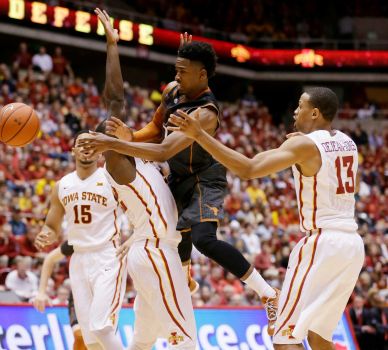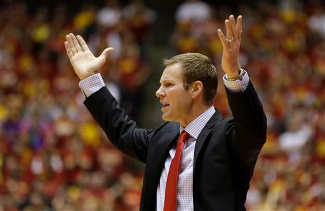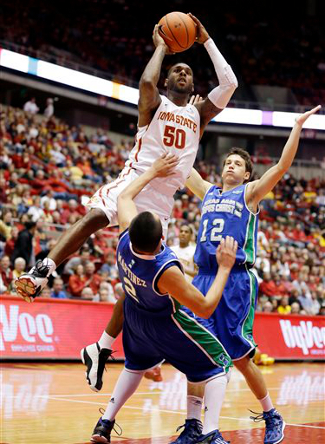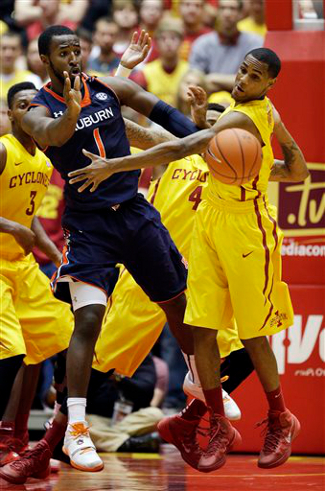| #19/20 Texas Longhorns (14-5 overall, 3-3 Big 12) at #15/16 Iowa State Cyclones (14-4, 4-2)
Hilton Coliseum | Ames, IA | Tip: 8 P.M. CT | TV: ESPN
Vegas: Iowa State -5.5 | KenPom: Iowa State, 72-70 (61%)
With a long list of contenders lining up in the preseason to knock Kansas off its perch atop the conference, college basketball analysts hesitantly predicted that perhaps this was finally the season in which the Jayhawks might not take home a piece of the league title. History would make it hard to bet against the champs, but with such a deep stable of challengers, for once “the field” seemed to at least be an even favorite. However, in the span of just a few hours on Saturday, the landscape of this year’s Big 12 race quickly shifted, putting Kansas back in its familiar spot in the driver’s seat.
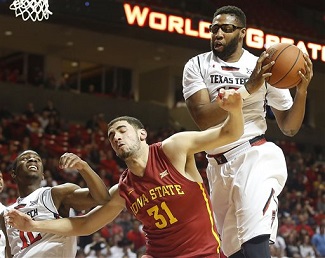
Texas Tech shocked Iowa State in Lubbock on Saturday
(Photo credit: Tori Eichberger/Associated Press) 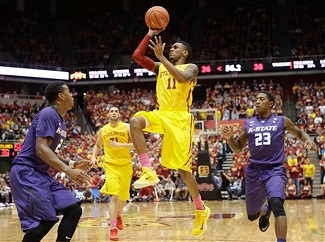
Point guard Monté Morris can do it all for Iowa State
(Photo credit: Charlie Neibergall/Associated Press) 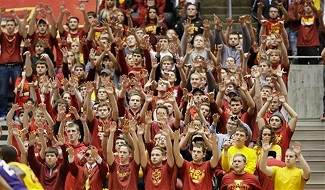
Cyclone Alley makes Hilton Coliseum an intimidating venue
(Photo credit: Charlie Neibergall/Associated Press) |








